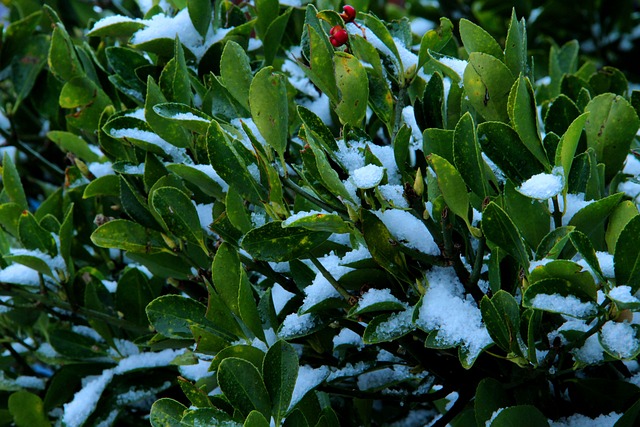Introduction January can be a challenging month for gardening, with colder temperatures and shorter daylight hours making it difficult for plants to thrive. However, it’s also an opportunity to get a head start on the gardening season and to get your garden ready for spring.
This guide will provide you with everything you need to know about planting in January, including the best plants to grow, how to prepare your garden, and tips for success.
Best Plants to Grow in January Despite the chilly weather
There are still plenty of plants that can be successfully grown in January. Here are some of the best options:
- Perennials ,Perennials are plants that come back year after year, and many of them can be planted in January. Some of the best perennials for January planting include hell bores, snowdrops, and crocuses.
These plants will provide early spring color and will return year after year, making them a great investment for your garden. - Winter Vegetables Winter is a great time to plant vegetables, especially if you live in a mild climate. Some of the best vegetables to grow in January include garlic, spinach, and kale.
These vegetables are hardy and can withstand the colder temperatures, and they will provide you with fresh produce throughout the winter. - Shrubs and Trees January is also a good time to plant shrubs and trees, as long as the ground is not frozen. Some of the best options include evergreens, such as holly and boxwood, as well as deciduous shrubs, such as dogwoods and red twig dogwoods. These plants will provide structure and interest in your garden, even during the winter months.
Preparing Your Garden for Planting
Before you start planting, it’s important to prepare your garden. Here are some steps to take:
- Clean Up Remove any leaves, debris, and fallen branches from your garden.
This will not only help keep your garden looking neat and tidy, but it will also help prevent diseases and pests from overwintering in your garden. - Test Your Soil Testing your soil will give you a good idea of what nutrients your plants will need and help you determine the best plants to grow. You can easily test your soil at home using a soil test kit or you can send a soil sample to a local testing lab.
- Amending the Soil If your soil is lacking in nutrients, you can amend it with compost, manure, or other organic matter.
This will help improve the soil structure and fertility, making it easier for your plants to grow. - Mulching Mulching is a great way to protect your plants from the cold and to conserve moisture in the soil. Spread a 2-3 inch layer of mulch around your plants to help keep the soil temperature even and to prevent weed growth.
Recommendation: Perennial Pepper Plant
Tips for Successful Planting in January
Here are some tips to help you have a successful planting experience in January:
- Choose the Right Site Choose a site that has good drainage and is protected from strong winds. This will help your plants to survive and thrive, even in the harsh January weather.
- Watering Water your plants regularly, especially if the weather is dry. This will help keep the soil moist and prevent the roots from drying out.
- Protecting Your Plants If you live in a colder climate, you may need to protect your plants from the cold with frost blankets, burlap, or other materials. This will help keep the plants warm and prevent damage from frost.

